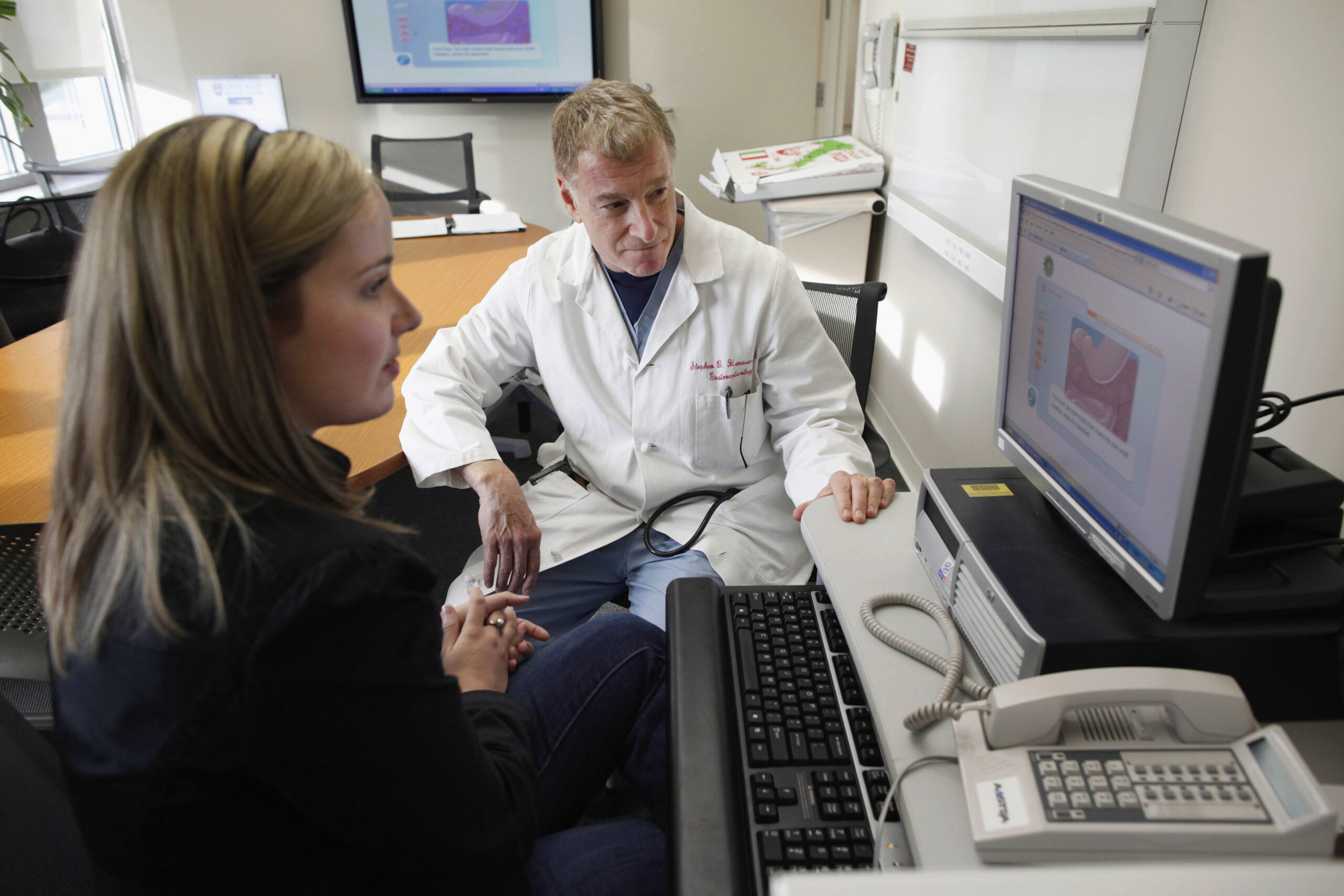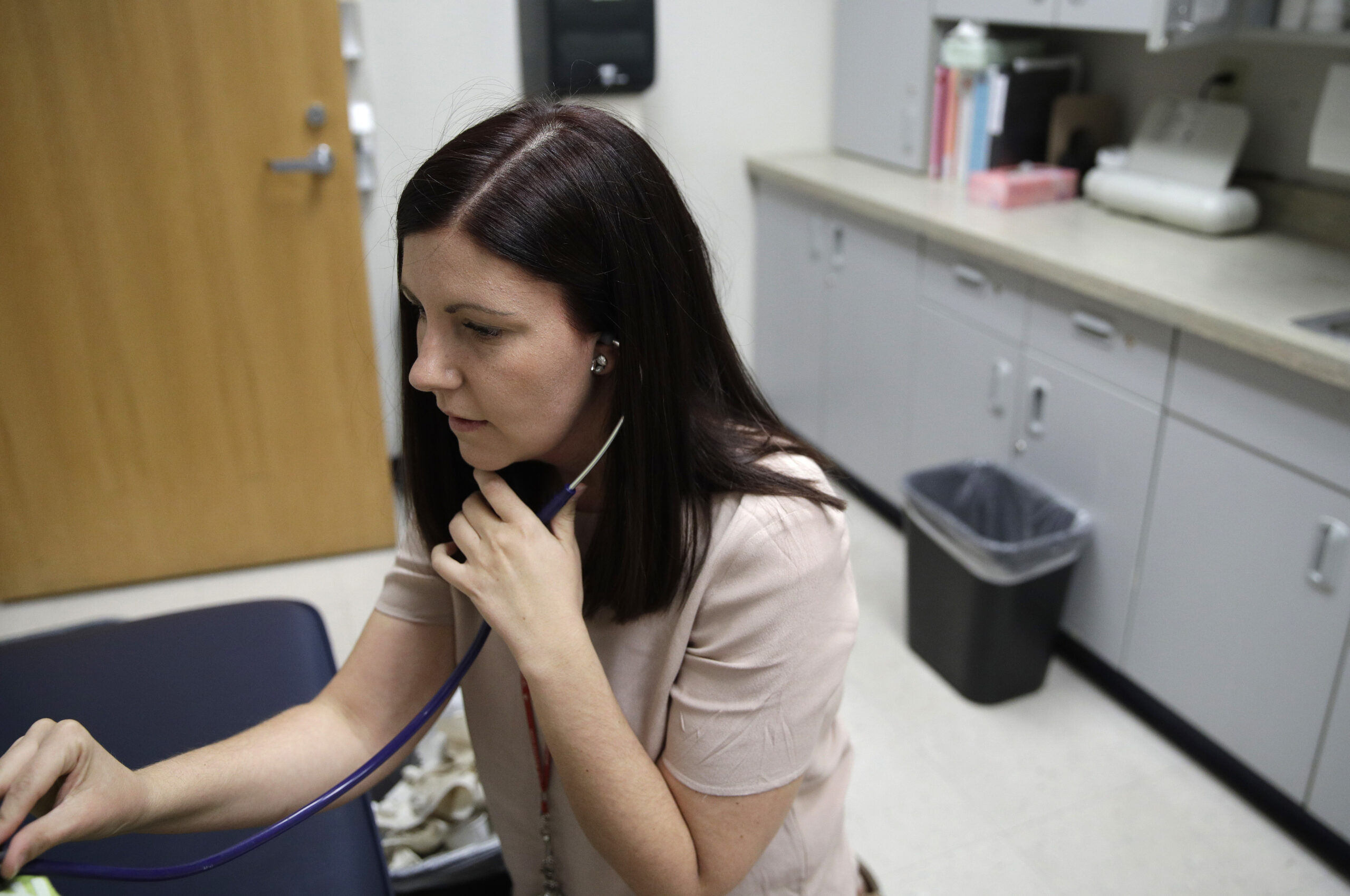The state’s health care system needs to change to meet a growing need for care, the Wisconsin Hospital Association said in an annual workforce report.
Following high turnover and vacancy rates in health care jobs during pandemic years 2021 and 2022, Wisconsin’s workforce looked stronger going into 2023, according to the report.
But it won’t be enough to meet a growing demand for care as the baby boom generation, which includes people born from 1946 to 1964, continues to retire.
Stay informed on the latest news
Sign up for WPR’s email newsletter.
“We’re continuing to experience significant health care workforce shortages,” said Ann Zenk, the association’s senior vice president of workforce and clinical practice.
Wisconsinites over 65 make up about 20 percent of the state population but account for about 40 percent of the state’s hospital and clinic visits, according to the report.
“We’re seeing some improvement in vacancy rates, the number of open positions, but demand is growing faster than our workforce can grow,” Zenk said.
To meet the need, the report urges the industry to make it easier for people to enter the health care workforce, promote employee retention, and leverage technology to help staff work more efficiently.
Growing the workforce
“This is likely not a problem we can grow ourselves out of,” Zenk said. But it is part of the solution, she added.
Vacancy rates for nursing and entry-level positions were higher in 2023 than they were in 2009, according to the most recent data Wisconsin hospitals reported to the association.
“We have to make sure that those educational and career pathways are really accessible and attainable,” Zenk said.
The retiring Wisconsin population includes people leaving health care jobs, including retirements of nursing program faculty.
“In the middle of a nursing shortage, it’s really important that we take advantage of every opportunity to increase nursing school enrollments and seats in nursing school classrooms,” Zenk said.
Apprenticeships and “grow our own” programs could also help, the report said.
Supporting current employees
Additionally, the industry could improve patient care by reducing barriers for current staff, the association said, for example, reducing the time workers spend dealing with insurance requirements.
“We’re still seeing clinicians spending increasing amounts of time making sure that insurance companies will pay for that care that patients need,” Zenk said.
Also, hospitals could use technology to ease employee workload, the report said.
“To take work, unnecessary work, away from clinicians and support teams,” Zenk said.
For example, artificial intelligence could help summarize notes and reduce the hours clinicians spend on documentation, “so that they can spend more time with patients,” Zenk said.
She is hopeful the industry will move to sustain Wisconsin’s comeback in health care workforce numbers since pandemic years.
“It’s been a tough few years on hospitals and the hospital workforce,” Zenk said. “And I’m really proud that through all of that, Wisconsin has maintained that really high quality health care that we’ve always been known for.”
Wisconsin Public Radio, © Copyright 2025, Board of Regents of the University of Wisconsin System and Wisconsin Educational Communications Board.





